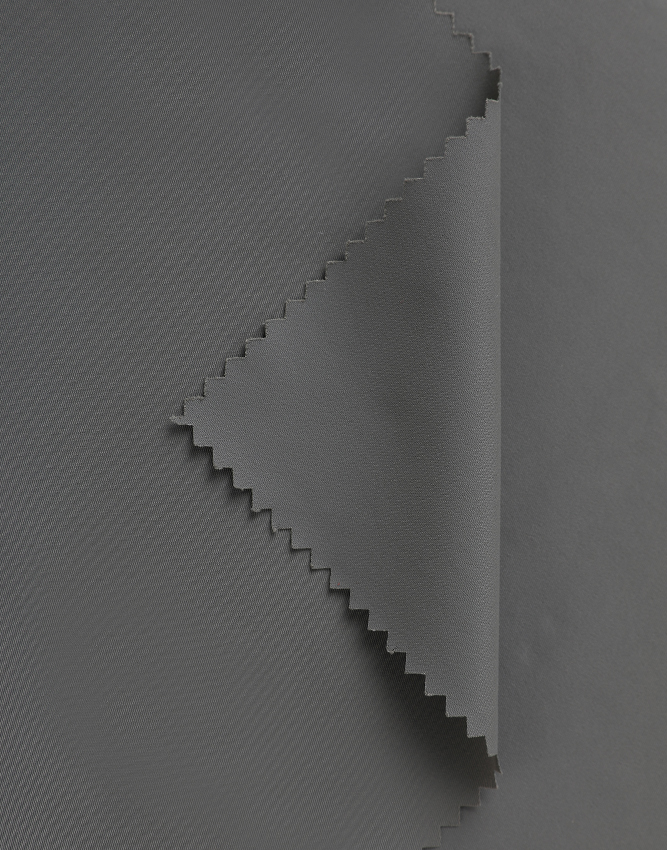

1. Different gloss Pure wool fabrics are mostly […]
1. Different gloss
Pure wool fabrics are mostly soft and natural, with less colorful colors. Chemical fiber-like wool fabrics have rich and bright colors. If you look closely in the sun, you will often see dazzling light spots. This may be difficult to distinguish for high imitation wool-like fabrics.
2. Different feel and elasticity
Pure wool fabric feels soft, slightly plush, with bones, slightly wrinkled but not hard, and has a soft spring back but not rigid; while polyester faux wool looks like wool, but it feels soft and smooth without bones. , Many folds, slow rebound.
Rayon wool
Because the practical performance of this type of fiber is not equal to its manufacturing cost, the output is very small. It is characterized by dim luster, lack of crispness, poor elasticity, wrinkles easily, and not easy to disappear.
Man-made fibers are divided into two types: regenerated fibers and chemical fibers. Among them, regenerated fibers are viscose fibers made from wood and grass fibers through chemical processing; chemical fibers are made from petroleum, natural gas, coal, and agricultural and sideline products as raw materials. synthetic fiber. According to the shape and use of man-made fibers, it is divided into three types: rayon, rayon and artificial wool.
Mercerized wool
Mercerized wool is ordinary wool that undergoes chemical and physical treatment to destroy the scales of the wool fiber, and through chemical reagents, the wool becomes smooth, shiny, and shrink-proof during washing. It is suitable for wedding dresses. Mercerized wool is the treatment of wool products through the mercerizing process in the textile dyeing and finishing process.
Wool needs to be treated with BasolanDC chlorination or protease first to destroy the scales on the surface of the wool and reduce the difference in friction coefficient between the forward and reverse movement of the wool. The luster of the treated wool increases, and it is commonly known as mercerized wool. Mercerized wool can be woven from pure wool or blended. The main features are anti-shrinkage, machine washable and anti-pilling.
Cotton fiber
Advantages: soft and elastic hand feel, soft and natural gloss, comfortable and beautiful to wear, high-end feeling, good moisture absorption, not easy to conduct heat, good warmth retention, anti-wrinkle, especially after the garment is processed and ironed, it has better tuck formation and Clothing shape retention.
Note: The washing temperature should not be too high, avoid scrubbing and twisting vigorously, and avoid sun exposure. Ironing points: wet ironing method, iron the clothes dry from the reverse side. Disadvantages: intolerant to alkali, shrinking, easy to wrinkle.
T/R fabric (polyester/viscose blend)
Extensive use of plaid or striped or flashing or monochrome T/R fabrics to make stand-up collar jackets, lapel jackets and casual wear is one of the characteristics of T/R fabrics. T/R fabric is polyester-viscose blended fabric, which is a highly complementary blend.
Advantages: firmness, wrinkle resistance, dimensional stability, strong washability and wearability. It can improve the air permeability of the fabric, reduce the pilling and antistatic phenomenon.
Washing points: Both washing and machine washing can be used. Brushes should not be used to avoid pilling and drying on the reverse side.
High density NC
High-density NC cloth is a fabric blended or interwoven with nylon (nylon) and cotton yarn. The product combines the advantages of nylon and cotton yarn. The abrasion resistance of nylon ranks first among natural fibers and chemical fibers. Polyamide has good moisture absorption, and its wearing comfort and dyeing performance are better than polyester. Therefore, the blending or interweaving of nylon and cotton yarn will not reduce the moisture absorption and wearing comfort of cotton yarn. , Nylon is lighter, while cotton yarn is heavier. After the two are interwoven or blended, the weight of the fabric can be reduced; the elasticity of nylon is excellent. After blending or interweaving with cotton yarn, the elasticity of the fabric is improved.
The shortcomings of NC fabrics are: because nylon participates in interweaving or blending, the fabric has poor heat resistance and light resistance. In the process of using, pay attention to washing and ironing to meet the conditions to avoid damage. Its most notable style features: not easy to wear, soft and comfortable, easy to clean, do not explode, do not wring out.
https://www.sigma-textile.com/
